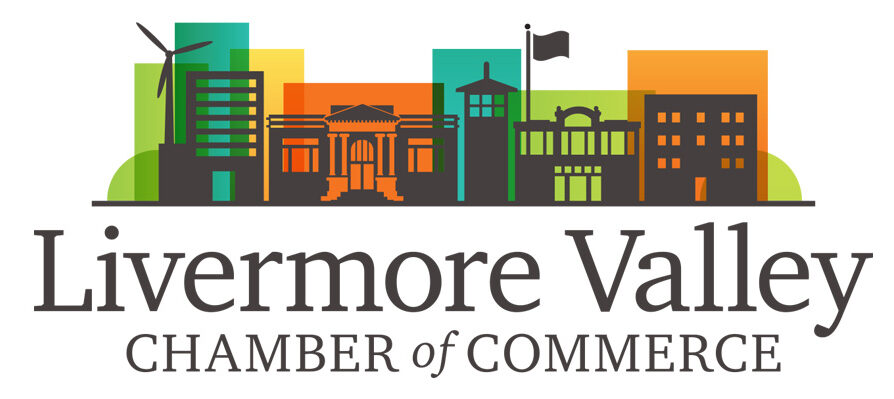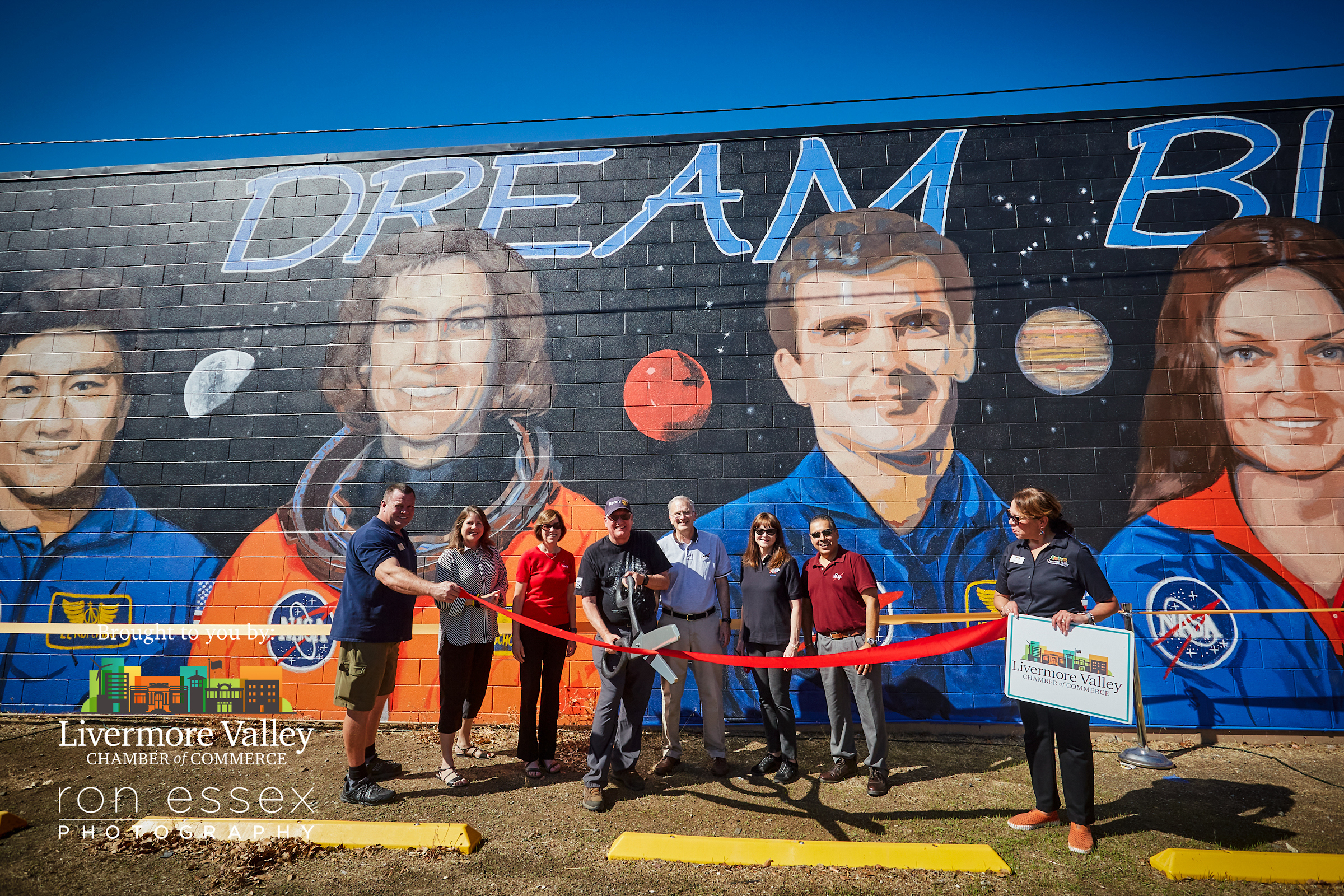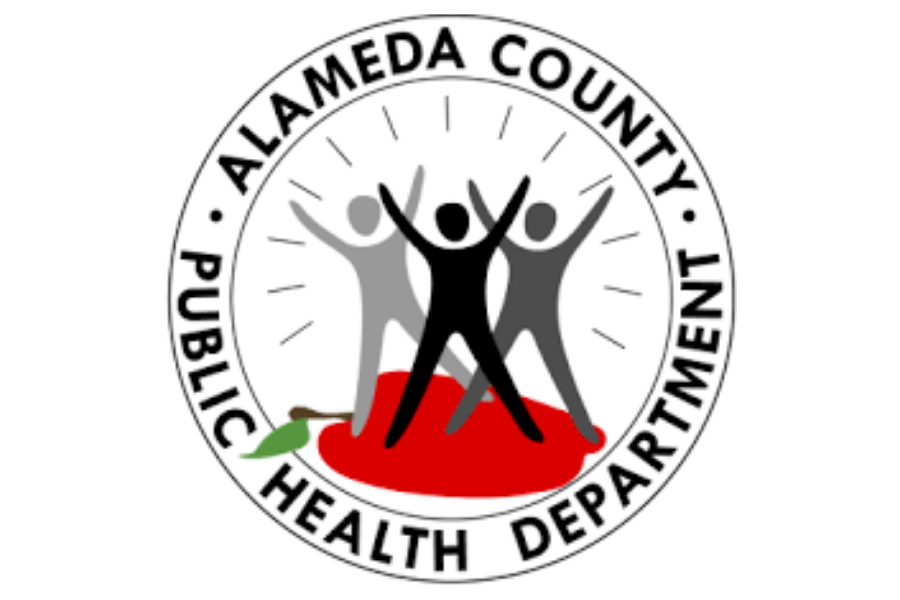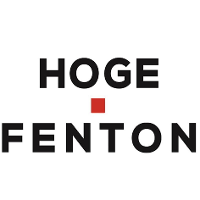This summer, the Lawrence Livermore National Laboratory is hosting approximately 400 student and teacher interns. Each year, hundreds of LLNL scientists give back to the community by mentoring future scientists. In addition to hosting interns, the Lab sponsors several other educational programs throughout the year.
The Science on Saturday lecture series kicked off at Livermore’s Bankhead Theater on February 5, 2011 with a presentation on proton therapy for cancer treatment, followed by three other lectures on successive Saturdays on wind energy, climate change and super-heavy elements. A fifth lecture, on carbon capture and storage, was presented in Tracy on April 2 by LLNL’s Roger Aines and Tracy High’s master teacher Dean Reese. For more than a decade, these popular talks have paired Lab researchers and local science teachers in lectures and demonstrations targeted at middle and high school students. All told, more than 6,000 people attended the LLNL’s 2011 Science on Saturday lectures.
The Lab co-sponsored the annual Tri-Valley Expanding Your Horizons in Science and Mathematics conference was held on February 26 in San Ramon. Nearly 300 girls in grades 6 through 9 attended. Dozens of LLNL volunteers, many of whom participate year after year, helped organize the event, staffed workshops and a career fair, and gave presentations about their science, engineering, and math-related careers.
On March 23, the Lab sponsored the fifteenth annual Tri-Valley Science and Engineering Fair, which was held at the Robert Livermore Community Center. The Lab has sponsored this event since its inception, and this year’s fair was the largest ever, with 413 middle and high school students presenting 262 projects. More than 150 local scientists and engineers, the majority from the Lab, served as judges. For the second year in a row, researchers from the LLNL Biology and Biotechnology Division personally donated several hundred dollars to provide special awards for the two top bioscience projects in both the senior and junior divisions.
On April 15, ten women scientists and engineers from the Lab met with nearly 50 high school girls as part of “Dinner with a Scientist.” Held this year at Livermore High School, the event was sponsored by the Tri-Valley Regional Occupational Program. As they ate a meal prepared by students in Livermore High’s catering program, the LLNL scientists and engineers shared their professional experiences and answered questions about college and career paths.
The Super Science Field Trips for fifth graders continue to be a big hit with schools throughout the Bay Area and Central Valley. In the first quarter of 2011 alone, more than 2,500 students, teachers and chaperones toured the Discovery Center and participated in Fun with Science presentations.
An exciting new program, called Scientists in the Classroom, debuted last year, through which two classes of San Ramon students virtually toured the Center for Accelerator Mass Spectrometry (CAMS). John Knezovich, past director of CAMS, and post-docs Karis McFarlane and Miranda Sarachine served as real-time tour guides and answered students’ questions about CAMS, the research conducted there, and their own science careers. The program is the result of a partnership with San Ramon Valley Unified School District to establish a model for the “Classroom of the 21st Century.”
In another new program, the Lab partnered with Las Positas College to present a seminar series focused on the theory and practice of scientific research. Four seminars were held, two in the fall and two in the spring. The last one of this inaugural season, on April 7, featured John Chang and his work to develop small, portable medical devices based on ultrawideband radar technology. In these seminars, Lab scientists and engineers engaged with students and faculty about how science research is really done — information that is rarely available in an academic setting.
According to Nadine Horner, External Relations Officer for LLNL, “These efforts help to inspire future scientists and engineers and enhance the teaching of science in schools. They also help to increase the public’s understanding of science in general and LLNL’s work in particular.”







Livermore Lab Supports Local Science Education #livermore http://t.co/uoz71RI
Livermore Lab Supports Local Science Education #livermore http://t.co/uoz71RI
Livermore Lab Supports Local Science Education #livermore http://t.co/uoz71RI